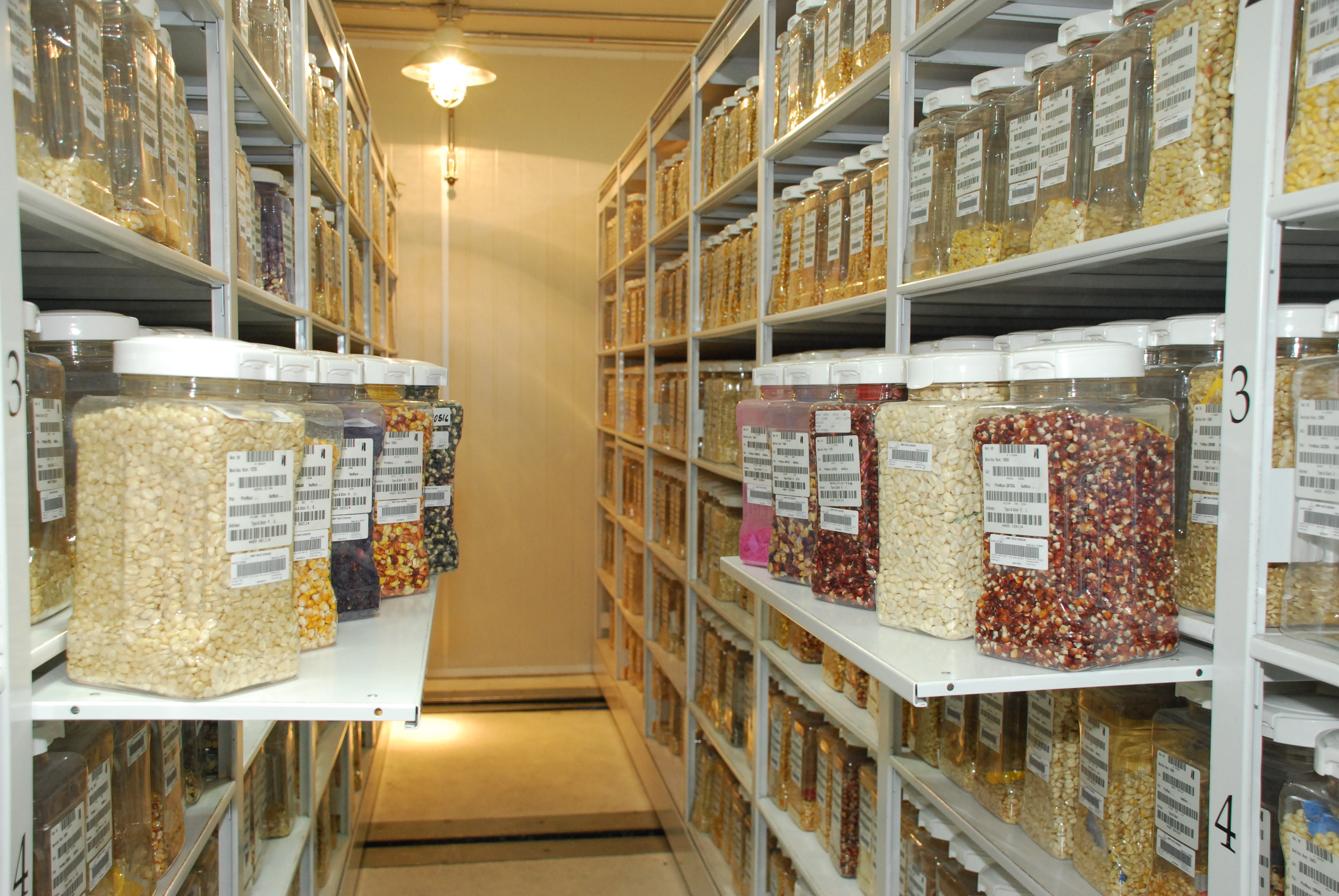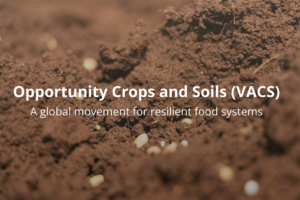Africa
CIMMYT’s work in Africa helps farmers access new maize and wheat systems-based technologies, information and markets, raising incomes and enhancing crop resilience to drought and climate change. CIMMYT sets priorities in consultation with ministries of agriculture, seed companies, farming communities and other stakeholders in the maize and wheat value chains. Our activities in Africa are wide ranging and include: breeding maize for drought tolerance and low-fertility soils, and for resistance to insect pests, foliar diseases and parasitic weeds; sustainably intensifying production in maize- and wheat-based systems; and investigating opportunities to reduce micronutrient and protein malnutrition among women and young children.
Building a sustainable future: A history of conservation agriculture in southern Africa
 Capacity development
Capacity development
Since 2004, conservation agriculture has helped farmers in southern Africa maintain and boost yields, protect the environment and increase profits.
CIMMYT’s knowledge sharing efforts contribute to improved seed production in Africa
 Capacity development
Capacity development
A training held from June 13 – 23, 2016 emphasized hand pollination in maize variety development and seed multiplication.
Seeding the future: Emergency support for drought-affected farmers in Ethiopia
 Capacity development
Capacity development
The 2015-2016 El Niño has led to drought leaving 10.2 million people – more than 1 in 10 Ethiopians – in need of emergency food assistance.
Maize seed systems in Africa: Understanding the basics
 Climate adaptation and mitigation
Climate adaptation and mitigation
Since 2006, CIMMYT has developed 200 drought-tolerant varieties and hybrids, many of which possess desirable traits such as resistance to major diseases.
From A to Z: Developing nutritious maize and wheat at CIMMYT for 50 years
 Climate adaptation and mitigation
Climate adaptation and mitigation
Over the past 50 years, various research activities have been undertaken to boost protein quality and micronutrient levels in maize and wheat to help improve nutrition in poor communities.
African ambassadors to Zimbabwe support improved agriculture technologies
 Nutrition, health and food security
Nutrition, health and food security
Several African nation ambassadors to Zimbabwe pledged to step up support for improved agriculture technologies.
Improved maize fights drought in Malawi
 Climate adaptation and mitigation
Climate adaptation and mitigation
As an El Niño-induced drought continues to devastate southern African food crops, CIMMYT promoted drought-tolerant maize to Malawian politicians.
Harnessing maize biodiversity for food security, improved livelihoods in Africa
 Capacity development
Capacity development
Diverse, stress tolerant maize varieties are benefiting smallholders throughout sub-Saharan Africa.
Kenyan maize nutrition and safety get boost from ancient Mexican technique
 Nutrition, health and food security
Nutrition, health and food security
Modern nixtamalization technology could increase maize uses and offer Kenyans invaluable benefits.
How improved maize gives options to farmers
 Nutrition, health and food security
Nutrition, health and food security
Improved seeds resilient to drought, disease and other stresses allow farming families to invest more in their livelihoods and children’s futures.
Tanzania seed company increases demand for drought-tolerant maize
 Nutrition, health and food security
Nutrition, health and food security
Locally adapted marketing initiatives are successfully converting farmers to the high-performing, drought-tolerant maize variety Lubango in Tanzania.
SIMLESA meeting reveals many successes, gears up for phase II
 Nutrition, health and food security
Nutrition, health and food security
SIMLESA discusses progress, achievements, and ways forward through 2018 at annual meeting.
CIMMYT kicks off 50th anniversary celebrations in southern Africa
 Climate adaptation and mitigation
Climate adaptation and mitigation
CIMMYT’s Southern Africa regional office celebrated 50 years of agriculture research for development in Harare, Zimbabwe.
Millions of smallholders in Africa benefit from climate resilient drought-tolerant maize
 Climate adaptation and mitigation
Climate adaptation and mitigation
At least 40 million smallholder farmers in sub-Saharan Africa are profiting from more than 200 new drought-tolerant varieties of maize.
Educational video helps Kenya farmers learn benefits of drought-tolerant maize
 Capacity development
Capacity development
A new video aimed at raising awareness among farmers about high-yielding, drought-tolerant maize varieties is set for distribution in eastern Kenya.

